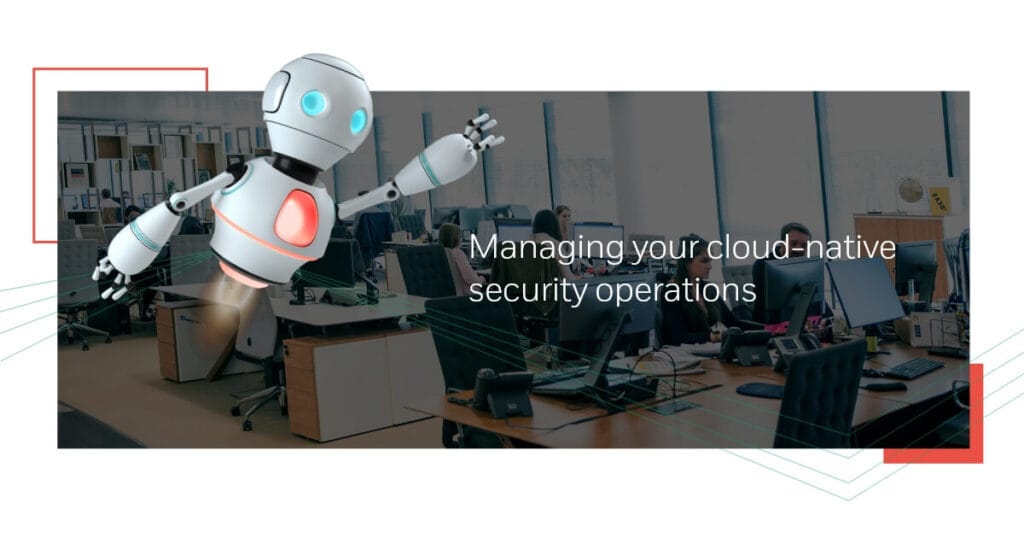
Why Businesses Need Managed Detection and Response Today cyberproof.com
In the digital age, businesses of all sizes face a growing array of cybersecurity threats. From ransomware attacks to phishing scams and data breaches, the landscape of cyber risks is more complex and dangerous than ever. Traditional security measures, while necessary, often fall short in detecting sophisticated attacks or responding quickly enough to mitigate damage. This is where Managed Detection and Response (MDR) comes into play, offering businesses a proactive and comprehensive approach to cybersecurity.
Understanding Managed Detection and Response (MDR)
Managed Detection and Response (MDR) is a cybersecurity service that combines advanced technology with expert human analysis to monitor, detect, and respond to threats in real time. Unlike traditional security solutions, MDR does not simply rely on automated alerts or firewalls. It actively hunts for threats, analyzes unusual activity, and responds immediately to contain potential breaches.
MDR services typically include:
24/7 Threat Monitoring: Continuous surveillance of your IT environment to identify anomalies or suspicious behavior.
Incident Detection: Advanced tools and analytics to detect attacks before they escalate.
Threat Response: Rapid containment and remediation of identified threats to minimize damage.
Expert Analysis: Cybersecurity professionals who interpret data and provide actionable insights.
By integrating technology with human expertise, MDR ensures that businesses are not just protected, but also prepared to respond to evolving cyber threats.
The Growing Cybersecurity Threat Landscape
Cyberattacks are becoming increasingly sophisticated. According to industry reports, cybercrime costs businesses over $10 trillion annually by 2025. Threats such as ransomware, phishing attacks, insider threats, and zero-day vulnerabilities are evolving at an alarming rate. For small and medium-sized businesses (SMBs), these attacks can be catastrophic, often resulting in financial losses, reputational damage, and legal liabilities.
Traditional security systems, such as antivirus software and firewalls, are reactive in nature. They are designed to block known threats but often fail to detect advanced persistent threats (APTs) or attacks that exploit unknown vulnerabilities. MDR addresses this gap by offering continuous monitoring, proactive threat hunting, and rapid incident response.
Key Benefits of MDR for Businesses
1. 24/7 Threat Detection and Response
Cyber threats do not follow business hours—they can strike at any time. MDR services provide round-the-clock monitoring and response, ensuring that threats are detected and mitigated immediately. This constant vigilance reduces the window of opportunity for attackers and helps prevent significant damage.
2. Proactive Threat Hunting
Unlike traditional security measures that wait for an attack to occur, MDR takes a proactive approach. Security experts actively hunt for threats within your network, identifying vulnerabilities and suspicious activity before they escalate into full-blown attacks. This proactive stance enhances overall cybersecurity resilience.
3. Rapid Incident Containment
When a threat is detected, time is critical. MDR teams respond quickly to contain and neutralize attacks, minimizing their impact on business operations. Rapid containment is especially crucial for ransomware attacks, which can encrypt vital data within minutes.
4. Access to Cybersecurity Expertise
Many businesses struggle to maintain an in-house cybersecurity team due to high costs and talent shortages. MDR services provide access to experienced cybersecurity professionals who monitor your network, analyze threats, and implement effective countermeasures. This expertise is invaluable in navigating the complex cybersecurity landscape.
5. Reduced Operational Disruption
A cyberattack can disrupt operations, leading to downtime, lost productivity, and missed opportunities. MDR helps maintain business continuity by quickly identifying and neutralizing threats, ensuring that your systems remain operational and your data remains secure.
6. Regulatory Compliance Support
Many industries are subject to strict cybersecurity regulations and data protection laws. MDR services help businesses meet compliance requirements by maintaining detailed logs, providing incident reports, and demonstrating proactive security measures. This can reduce the risk of fines and legal penalties.
MDR vs. Traditional Security Solutions
While traditional security tools such as firewalls, antivirus software, and intrusion detection systems are essential, they are often insufficient in isolation. Here’s how MDR differs:
Feature Traditional Security MDR
Monitoring Limited, often reactive 24/7 proactive monitoring
Threat Detection Relies on known threats Detects known and unknown threats
Response Manual, often delayed Immediate containment and remediation
Expertise In-house or limited Access to cybersecurity experts
Threat Hunting Minimal Active threat hunting and analysis
MDR complements existing security solutions by adding advanced detection, proactive hunting, and rapid response capabilities.
Real-World Examples of MDR Impact
Preventing Ransomware Attacks: A mid-sized healthcare provider faced repeated ransomware threats. By implementing MDR, the provider detected suspicious activity early, isolated affected systems, and prevented a costly data breach.
Reducing Financial Fraud: A financial services company experienced attempted phishing attacks targeting employee credentials. MDR services detected these attempts in real time, preventing unauthorized access to sensitive data and avoiding financial loss.
Maintaining Operational Continuity: A manufacturing firm faced a zero-day vulnerability that could have disrupted production. MDR professionals identified the threat, applied containment measures, and guided the firm through remediation without halting operations.
These examples demonstrate how MDR can protect businesses from financial loss, reputational damage, and operational downtime.
Choosing the Right MDR Provider
Selecting the right MDR provider is critical for effective cybersecurity. Consider the following factors:
Experience and Expertise: Look for providers with a proven track record and certified cybersecurity professionals.
Advanced Technology: Ensure the provider uses AI-driven analytics, behavioral monitoring, and real-time threat intelligence.
Customizable Services: Choose a provider that tailors MDR solutions to your business size, industry, and specific security needs.
Incident Response Capabilities: Confirm that the provider offers rapid containment, remediation, and post-incident analysis.
Regulatory Compliance Support: Ensure the provider understands and supports compliance requirements relevant to your industry.
Conclusion
In today’s digital world, cyber threats are inevitable, and traditional security measures are no longer sufficient. Managed Detection and Response (MDR) provides businesses with a proactive, comprehensive, and expert-driven approach to cybersecurity. By offering 24/7 monitoring, proactive threat hunting, rapid incident response, and access to cybersecurity expertise, MDR helps businesses prevent breaches, minimize damage, and maintain operational continuity.
For organizations looking to stay ahead of evolving threats, enhance security posture, and protect valuable assets, MDR is not just an option—it is a necessity. Investing in Managed Detection and Response today ensures that your business is prepared, resilient, and capable of navigating the increasingly complex cybersecurity landscape.
Report Story

